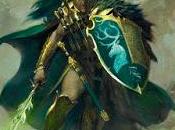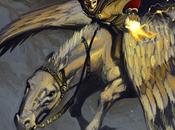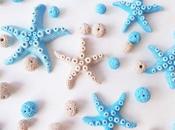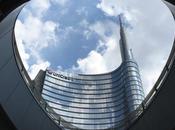Land Art: Marco Casagrande
Da Giardiniribelli
Marco Casagrande è un architetto finlandese nata nel 1971 a Turku, in Finlandia. Si è laureato presso l'Università di Helsinki, Dipartimento di Architettura nel 2001. Dalle prime fasi della sua carriera, Casagrande ha iniziato a fondere architettura con altre discipline dell'arte e della scienza attraverso una serie di installazioni architettoniche con una forte valenza ecologica. Sia le opere che i temi principali del lavoro di Casagrande si muovono liberamente tra le discipline dell'architettura, del design urbano e ambientale e della scienza, dell'arte ambientale, dando vita ad un pensiero architettonico singolare, di «commedia dell'Architettura», una visione ampia di costruzione dell'ambiente umano legato al dramma sociale e alla consapevolezza ambientale. «Non c'è altra realtà che la natura». Egli vede gli architetti, come gli sciamani che solo devono interpretare ciò che la natura della mente condivisa sta trasmettendo / Marco Casagrande is a Finnish Architect born in 1971 in Turku, Finland. He graduated from the Helsinki University of Technology Department of Architecture in 2001. From the early stages of his career Casagrande started to mix architecture with other disciplines of art and science landing with a series of ecologically conscious architectural installations around the world. Casagrande’s works and teaching are moving freely in-between architecture, urban and environmental design and science, environmental art and circus adding up into cross-over architectural thinking of «commedia dell’architettura», a broad vision of built human environment tied into social drama and environmental awareness. «There is no other reality than nature». He views architects as design shamans merely interpreting what the bigger nature of the shared mind is transmitting. Verme del deserto/Sandworm
Sandworm è una struttura / spazio / creatura orgnaica realizzata sulle dune della costa di Wenduine, in Belgio. L'installazione, che misura 45 metri di lunghezza e 10 m di larghezza e altezza, si muove liberamente tra l'architettura e l'arte ambientale ed è costruito interamente in salice, basandosi sulla tradizione locale di lavorare con la sabbia e il salice. Casagrande ha lavorato duramente con il suo team di giovani architetti ed esperti locali per 4 settimane, al fine di creare qualcosa che lui descrive come "architettura debole" - una struttura creata dall'uomo umano che vuole diventare parte della natura attraverso la flessibilità e la presenza organica.I visitatori descrivono il Sandworm come una cattedrale di salice, realizzata per permettere di entrare in sintonia con le condizioni speciche delle spiagge di Wenduine. Lo spazio è usato per picnic, relax e "meditazione post industriale". "Entrando nel SANDWORM si è accolti da uno spettacolo naturale di luci e ombre. Si rimane stupiti da come sia possibile creare una tale bellezza con questi materiali semplici e naturali. L'artista ritiene che il controllo architettonico va contro natura e quindi anche contro l'architettura stessa. L'ambiente costruito umano è un mediatore tra la natura umana e la natura stessa. Per essere parte di questa, l'uomo deve essere debole. Per l'artista finlandese Marco Casagrande la progettazione non è un mezzo sufficiente. Il design non deve sostituire la realtà: l'edificio deve crescere fuori del luogo, deve reagire al suo ambiente, deve essere un riflesso della vita ed anche essere di per sé, come ogni altro essere vivente." L'opera è stata commissionata per la quarta edizione della Triennale d'Arte Contemporanea del Mare del 2012 / "Sandworm is an organic structure/space/creature realized on the dunes of the Wenduine coastline, Belgium. The 45 meters long and 10 m wide and high installation moves freely in-between architecture and environmental art and is constructed entirely out of willow following the local knowledge of working with sand and willow. Casagrande worked hard with his team of young architects and local experts for 4 weeks in order to create something that he describes as 「weak architecture」 – a human made structure that wishes to become part of nature through flexibility and organic presence. The visitors are describing the Sandworm as a willow cathedral finely tuned to celebrate the site specific conditions of the Wenduine tidal beaches. The space is used for picnics, relaxation and post industrial meditation. “Inside the sandworm you are greeted by a natural spectacle of light and shadow. I was amazed. How you can create such beauty with such simple natural materials. The artist believes that architectural control goes against nature and thus also against architecture. The built human environment is a mediator between human nature and nature itself. To be part of this, man must be weak. To the Finnish artist Marco Casagrande designing is not sufficient. Design should not replace reality. The building must grow out of the location, it must react to its environment, it must be a reflection of life and also be itself, as every other living being.” Commission by Beaufort04 the fourth edition of the Triennial of Contemporary Art by the Sea in 2012.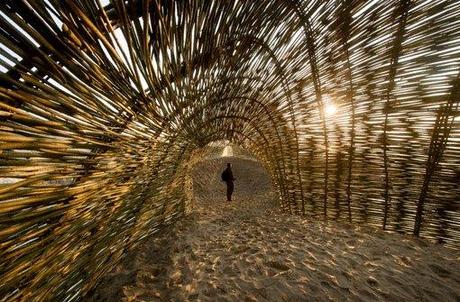


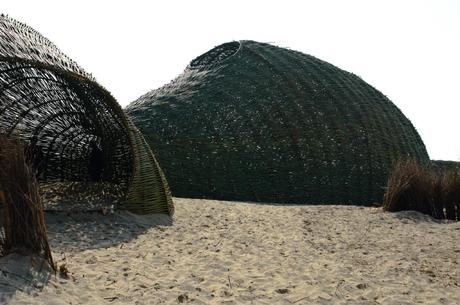
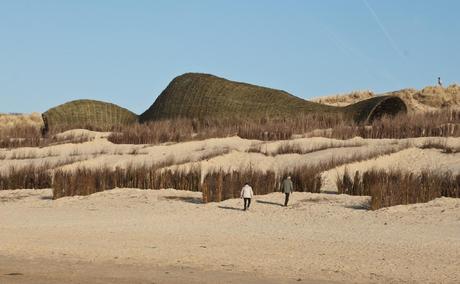
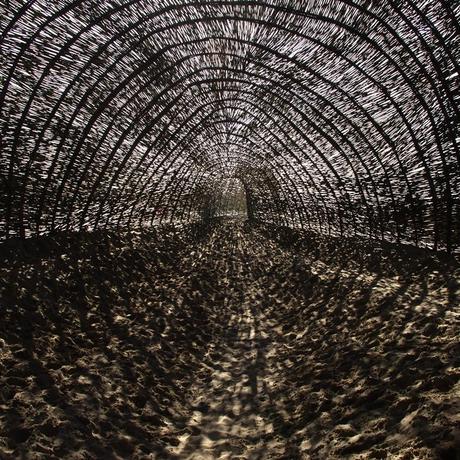
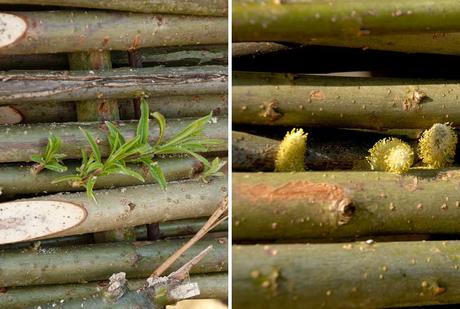 Source
Source
Potrebbero interessarti anche :






 Source
Source
